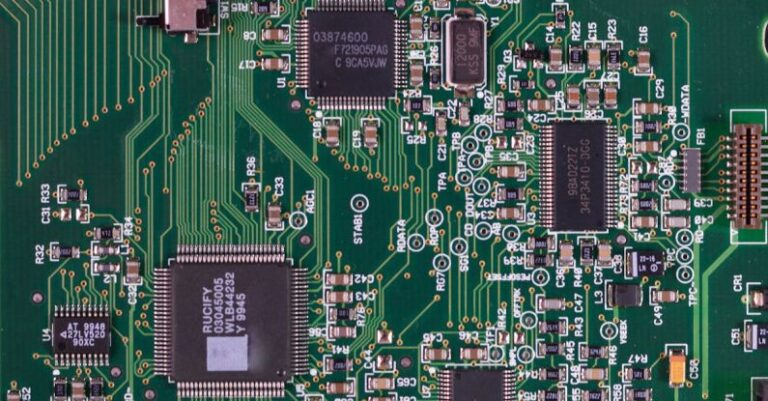
Among the fascinating advancements in the field of robotics is the development of RC robot controllers. These controllers play a crucial role in enabling users to operate robotic devices wirelessly, providing a seamless and intuitive way to interact with these machines. Understanding how RC robot controllers work can offer valuable insights into the intricate mechanisms that power these devices and enhance our overall experience with robotics.
**The Basics of RC Robot Controllers**
At its core, an RC robot controller serves as the intermediary between the user and the robot, facilitating the transmission of commands and data between the two entities. These controllers typically consist of a handheld transmitter and a receiver unit that is integrated into the robot. The transmitter is equipped with various control inputs, such as joysticks, buttons, or switches, which allow the user to manipulate the robot’s movements and functions remotely.
**Wireless Communication Protocols**
One of the key components of RC robot controllers is the wireless communication protocol they employ to transmit signals between the transmitter and the receiver. The most commonly used protocols include Radio Frequency (RF), Bluetooth, and Wi-Fi. RF communication is widely favored for its simplicity and reliability, making it a popular choice for hobbyist robot enthusiasts. Bluetooth and Wi-Fi, on the other hand, offer greater range and bandwidth, enabling more sophisticated control capabilities for advanced robotic applications.
**Signal Encoding and Decoding**
To ensure accurate and secure communication between the transmitter and the receiver, RC robot controllers utilize signal encoding and decoding techniques. When the user inputs a command through the transmitter, the controller encodes this information into a digital signal that is transmitted wirelessly to the robot. The receiver unit on the robot decodes the signal and translates it into actionable commands that drive the robot’s movements and functions.
**Control Algorithms and Feedback Loops**
In addition to transmitting user commands, RC robot controllers often incorporate control algorithms and feedback loops to enhance the robot’s responsiveness and stability. Control algorithms help optimize the robot’s performance by processing sensor data and adjusting the control signals in real-time. Feedback loops provide the controller with information about the robot’s current state, allowing it to make precise adjustments to maintain the desired trajectory or behavior.
**Customization and Expansion**
Many RC robot controllers offer customization options that allow users to tailor the control interface to suit their preferences and needs. This flexibility enables users to assign specific functions to different control inputs, adjust sensitivity settings, or even program custom behaviors using scripting languages. Furthermore, some controllers support expansion modules and accessories, such as additional sensors, cameras, or communication modules, to enhance the robot’s capabilities and versatility.
**Enhancing User Experience**
Ultimately, the primary goal of RC robot controllers is to enhance the user experience by providing intuitive and responsive control over robotic devices. Whether used for recreational purposes, educational projects, or professional applications, these controllers empower users to interact with robots in a dynamic and engaging manner. By understanding the underlying principles of how RC robot controllers work, users can unlock the full potential of their robotic creations and embark on exciting new ventures in the world of robotics.
**Innovations and Future Prospects**
As technology continues to evolve, we can expect to see further innovations in the field of RC robot controllers, such as enhanced connectivity options, advanced control algorithms, and seamless integration with artificial intelligence systems. These developments hold the promise of revolutionizing how we interact with robots and expanding the possibilities for robotic applications in various industries and domains. By staying informed and embracing the latest advancements in RC robot controller technology, users can stay at the forefront of the robotics revolution and embark on thrilling new adventures in the realm of automation and artificial intelligence.





